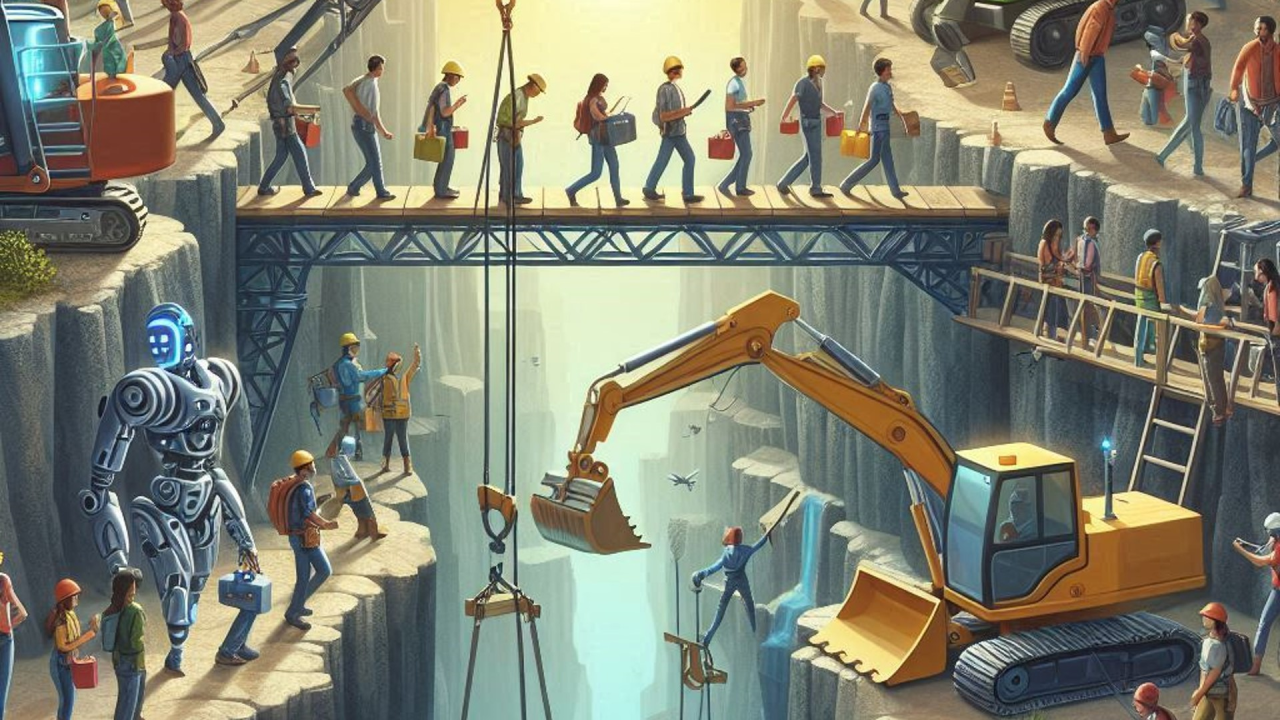How Human Behaviors Stifle Innovation
Will we, as humans, allow AI to reach its full potential and transform the workplaces?

A Surprising Lesson from the Frontlines of Digital Transformation
Last week, I reconnected with a client I had assisted in their transformation strategy. Five years into their journey, they are celebrating significant wins:
- Modernized technology
- Evolved operating model
- New ways of working adopted
- Automated Compliance
Overall, they are on track to realize the strategic benefits in transformation value case. A HUGE success, one would think.
So, "what about sustained advantage, how are you building on top of this modern digital foundation?", I asked.
My client revealed they could further increase value capture and achieve a 30% reduction in workforce (SaaS adoption + Applied AI for Automation). But they won't.
Curiously, I asked - But Why?
The answer was surprising: reducing department size would diminish the leader's significance and political clout within the enterprise.
This is an example of human motivation stifling innovation and sustained value delivery. And it's likely more common than we'd like to admit.
With the rise of Agentic AI and autonomous agents capable of human-like decision-making, this problem could worsen. It raises three critical questions:
- How can [department] leaders be coached to check their Personal Motivational Bias?
- How should C-suite executives redesign incentive structures in the wake of AI age to favor efficiency over size?
- What role should ethical considerations play in balancing AI-driven efficiencies with human workforce concerns?
While much of the discussion today centers on whether AI can transform our world, I propose a different question:
Will we, as humans, allow AI to reach its full potential and transform the workplaces?
We mush acknowledge the potential tension between AI-driven efficiencies and human workforce issues.
I will be talking to more of my clients to get a better understanding of their mindsets. I am also curious about everyone else’s experience and ideas on how we can embrace AI-driven transformation without fear.
Technology is indeed the easiest part of transformation. Human behaviors are the hardest.
I strongly believe that we are in the way of our own progress.
- Have you encountered similar situations where human motivations hindered innovation?
- What strategies can organizations implement to align personal incentives with AI-driven efficiencies?
- How will we balance technological progress with social responsibility?
Since you have reached the end of this post, I assume you like my content. If so, click here to subscribe to my newsletter and get exclusive content from me.